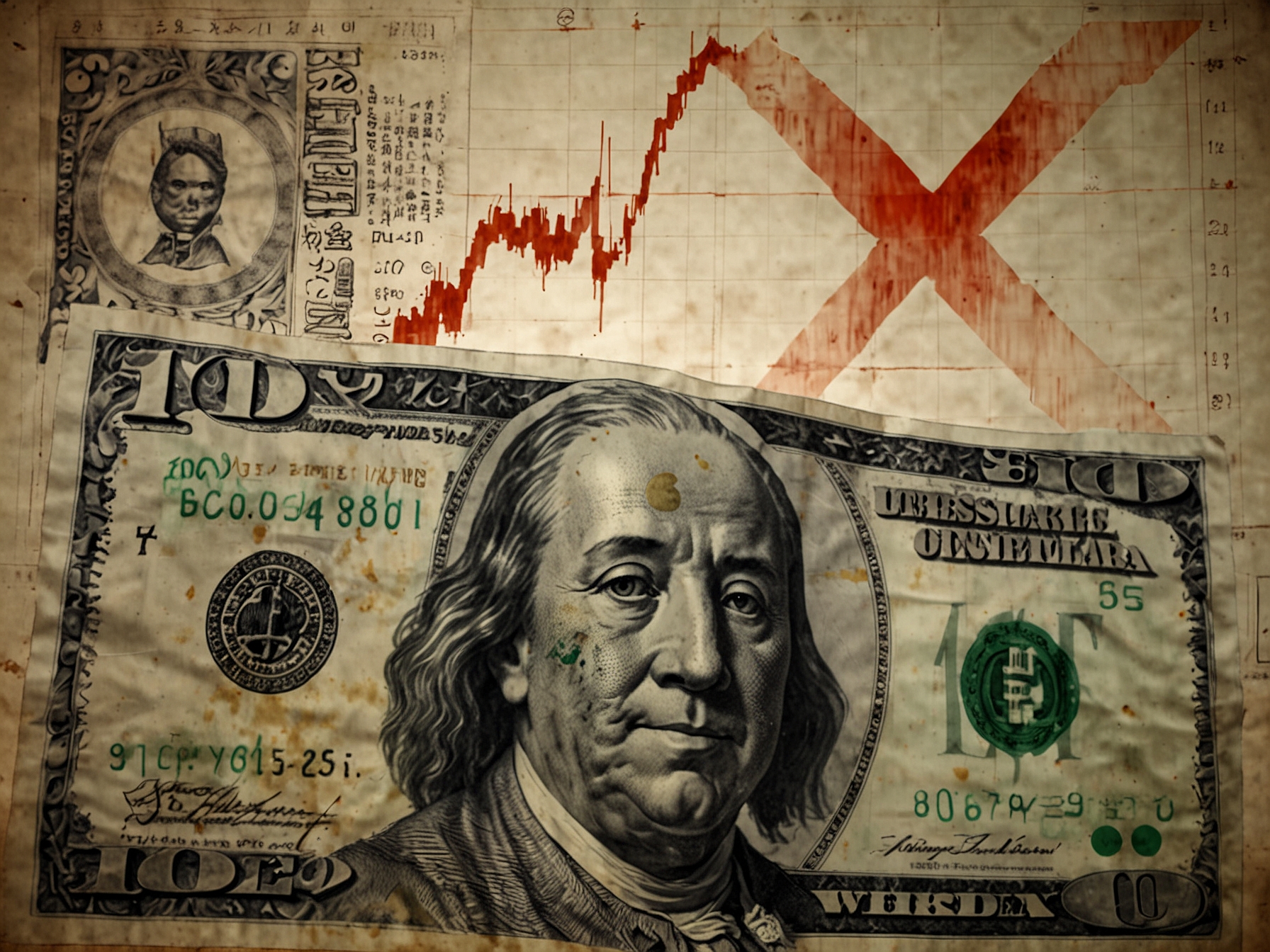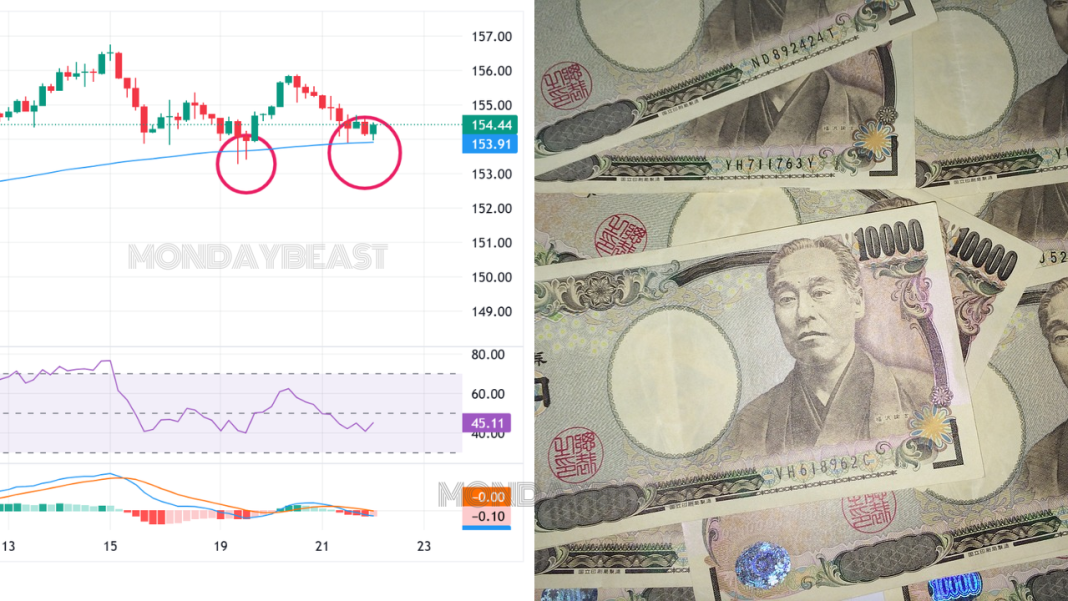The Japanese Yen (JPY) is facing a turbulent time.
After gaining some ground during the Asian session, it surrendered those modest gains against the powerful US Dollar (USD). As taxes rise and bonds yield more, questions arise—what does it mean for everyday consumers?
Also read
Nissa Sabyan’s Secret Marriage: Shocking Revelations from Her Father
Ariana Grande’s Oscar Potential: Can She Outshine the Competition in ‘Wicked’?
USD/JPY is inching closer to the mid-154.00s again. Many are left wondering: will it continue this trajectory, or are we on the verge of a significant shift? Concerns linger over domestic political uncertainty in Japan, despite Bank of Japan (BoJ) Governor Kazuo Ueda’s hawkish comments and rising inflation numbers.

Why haven’t the Japanese bulls emerged more aggressively, then? Even as the BoJ considers interest rate hikes in December, uncertainty looms, keeping traders on edge. With a risk-on mood in the market, the safe-haven Yen struggles to make significant jumps.
This recent weakness in the Yen arrives alongside a backdrop of increasing US bond yields. They’re creeping higher, supported by expectations tied to former President Donald Trump’s potential policies. Can we disentangle these implications for the broader market, especially regarding inflation?
In Japan, inflation saw some easing in the National Consumer Price Index (CPI), dipping from 2.5% to 2.3%. Yet core CPI, which excludes volatile food prices, remained on target, also at 2.3%. With prices still climbing, what strategy will the BoJ adopt? Can they maintain stability amid fluctuating global pressures?

Ueda acknowledged recent foreign exchange movements and their impacts. It’s a delicate balance for consumers. Could this lead to a renewed interest in the Yen, or will ongoing geopolitical risks, especially from the Russia-Ukraine conflict, hinder its rebound?
Meanwhile, US economic indicators show mixed signals. Jobless claims fell to 213,000, a seven-month low. Is this a sign of improvement for the US economy? Existing home sales are also rising again, yet surprising contractions in manufacturing activity suggest underlying weaknesses.
What can we expect from US financial measures? Inflation fears persist. These concerns cap the gains for the lower-yielding Yen. The resilient USD, now near its highest level since October, does more than just impact forex traders; it affects consumers, driving prices higher across the board.

As interest rates are perceived to rise slower, where does that leave the Yen? Short-term opportunities hang on the upcoming flash US Manufacturing and Services PMI data. Traders are eager, waiting for these indicators to direct their next moves.
Technically speaking, USD/JPY manages to maintain some resilience just below the 154.00 threshold. The 100-period Simple Moving Average (SMA) on the 4-hour chart adds another layer of complexity. Oscillators hold in positive territory. Could upcoming price movements serve as buying opportunities?
Should we see a slide towards 153.30-153.25, will traders seize the moment? A breakdown below 153.00 could trigger a further decline, hinting at the next strong support near mid-152.00s. Would that push potential traders to reconsider their strategies?
On the upside, if USD/JPY rises above the psychological mark of 155.00, what then? Surpassing 155.40 could hint towards an upward journey towards 156.00. Almost like climbing a mountain, traders await the moment to secure their footholds.
In conclusion, the Yen’s path remains uncertain. Positive risk tone and geopolitical factors play an essential role. With Ueda’s cautious stance, only time will tell if the Yen can bounce back. Would you, as a consumer, be ready to navigate the twists and turns in these currencies and their far-reaching impacts?




